7 Key Stages of the Interior Design Process You Need to Know

There are a lot of steps that go into the interior design process. I want to share with you the behind-the-scenes of my design process and why it is so important to develop a system that is going to be the foundation of your design work.
Interior design process
But before we begin, I need to mention something about the design concept phase that you probably all have heard of. By definition, a concept is a thought or an idea. And when we gather these ideas collectively, we create an abstract vision, which becomes tangible.
But things get very complicated when designers start their design process in the concept phase. That’s why I start with the research phase.
1. The research phase
Before I even think about my design concept I have to familiarize myself with the project. If I'm designing a commercial space I want to be familiar with what those spaces actually look like in real life.
Case studies
For this project, I did thorough research on the same type of commercial space that I was going to be designing. I started to hand-draw sketches of my observations about these types of projects, including layouts, space planning, materiality, lighting, flooring design, ceiling design, and anything else you can imagine.
This particular project was for a sustainable clothing brand. So the sustainability factor had to be considered within the interior space.
Materials
I researched sustainable interior design and what types of materials were accurate for this project. In this phase of the design process, I'm not even attempting to design anything yet.
Some designers and architects will spend months doing research about case studies of similar projects. Research is crucial to understanding the real function of the space you’re designing.
2. Analysis
After I become familiar with similar projects, I can start shaping the direction of my project. Are there any specific elements that I like about these projects, such as materials, furniture, lighting, or ceiling design, for example?
You have to be very critical about these case studies and analyze design mistakes. These other spaces may not always be well designed. This is all part of your critical analysis and deep research as an interior designer.
Materials analysis
During my research, for example, I found out that lots of materials generate a massive amount of waste and cannot be recycled. And I also found other amazing biodegradable and recyclable materials.
3. Concept development: brainstorming, sketching, and interior design principles
This multi-step part of the design process is when I start to explore design possibilities for the space. It should start out very vague and you shouldn't put a lot of thought into it. It's here when you can generate as many ideas as you want. And this is what we refer to as brainstorming or word association.
Brainstorming
Brainstorming can be a map, or it could be a list. It's normally words that are going to help you describe the space. All of these words and idea generations will later lead to design possibilities.
Sketching
Sketching your ideas and gathering images that represent or reflect those ideas is another very helpful way to visualize your design possibilities. So this is actually when the concept development phase actually starts. And I like to think about concept development as a blank white canvas.
I find this to be one of the hardest phases, if not the hardest phase, of the interior design process. That is because your mind is being challenged to be creative. Creativity can come from your surroundings so use everything–from fashion, industrial, product, and furniture design–to trigger that creative mind.
Principles of interior design
Because creating a concept is very challenging, it helps to rely on the principles and the elements of interior design. When you start using these principles, things start to work out somehow.
4. Design boards: mood, concept, and materials
When you have a pretty solid concept, it’s time to create design boards to make your concepts tangible. These design boards are the first things that you will show to your clients to make sure that you are on the same page with them.
Mood board
The mood board comes first, and it should only include abstract images that reflect the mood, the vibe, and the feeling you imagine within the space. Those words that you gathered will help you connect to the images for your mood board. It's very important that you carefully show those specific elements and principles in the right images.
Concept board
After creating the abstract mood board, you’ll begin the concept board. Here, images are critical, too. It's very important not to choose a lot of general images of interior spaces. Clients will see an image and think you want to replicate that interior when all you wanted them to see was a specific concept in the image.
It's easier to select vignettes, which are little sections and snippets of rooms that you like, and highlight those elements that you are going to use. You have to be very clear with your design boards.
Material board
The material board includes the actual materials that you will be using for the project. This material board is very useful just to make sure that all your materials are coordinated in terms of texture and color. And it’s probably one of the most fun parts of this process.
5. Space planning
So once I have my concept defined, I will move into my space planning. And this is a lot of the time done before the concept. It’s very different for residential and commercial projects.
When I was doing residential interior design, we did the concept before anything else. But now that I'm learning about commercial interior spaces, we've been designing offices and restaurants and clients prefer to see the functionality of the space before you start thinking about the concept.
6. Technical specs
After the space planning comes the technical stuff that we do, which is like the construction drawings, the elevations, the sections, all your specifications for materials, for furniture, for everything you're going to use. So the boring side of interior design. A lot of people like that phase, but I am more into the creative part of it and the actual process of designing.
7. Renderings
Some clients will ask for realistic renders of the space or even hand-drawn renders. I think both are great. They show you exactly how the space is going to look. And if there's something you don't like, then this is the time to change it.
Many designers don’t do renders, which I’ve seen happen, and then you are relying only on the boards. But it's very hard for clients to picture a space with just mood boards.
Interior design process
I hope my design process has helped you understand how a space is designed. I have to be honest and tell you that a lot of these steps in the design process are not linear. Many times things won't work and you have to go back to a previous step and refine other stages to be able to move forward to show your client a concept or rendering.
Let me know in the comments if you have learned anything today about the design process.
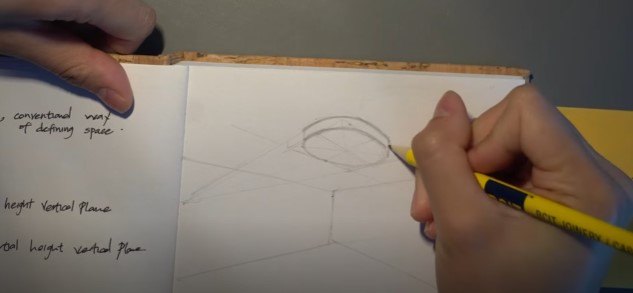
















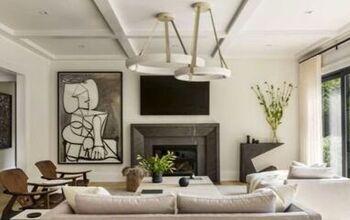
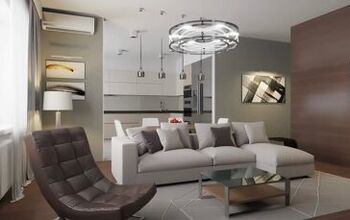
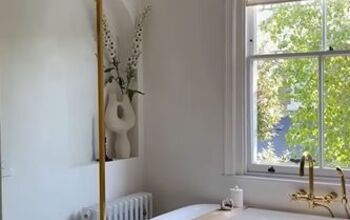
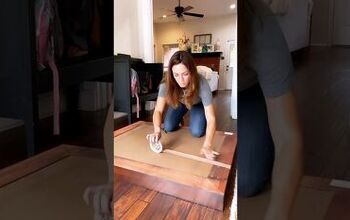
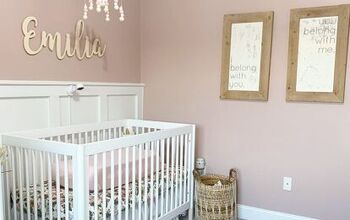
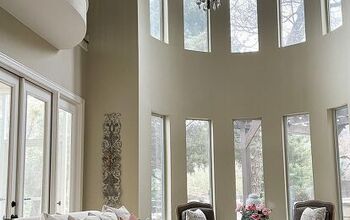
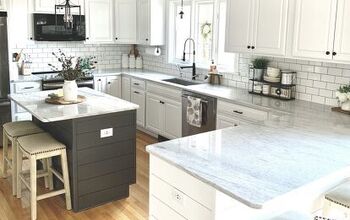
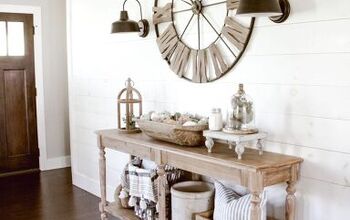
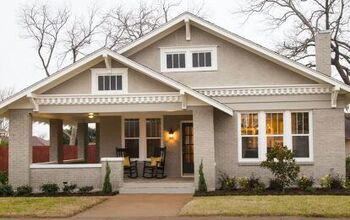
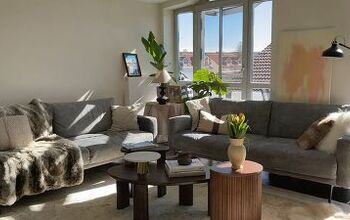
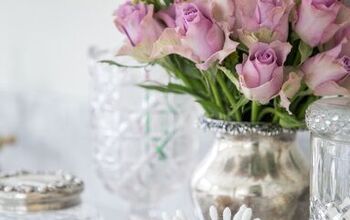
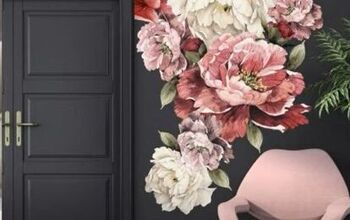
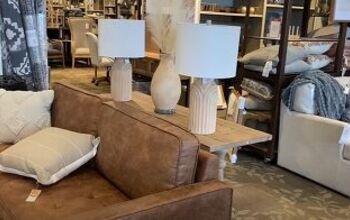
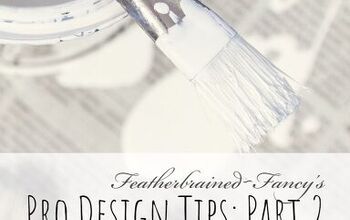
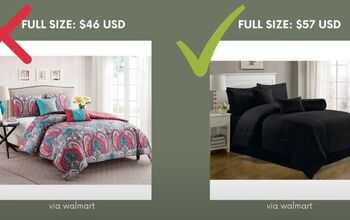
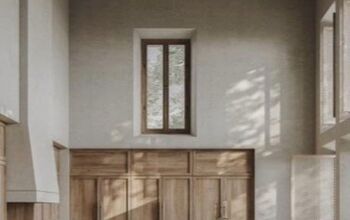

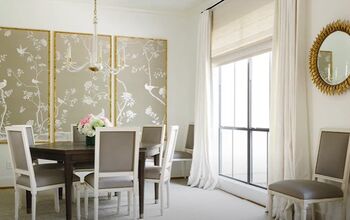
Comments
Join the conversation